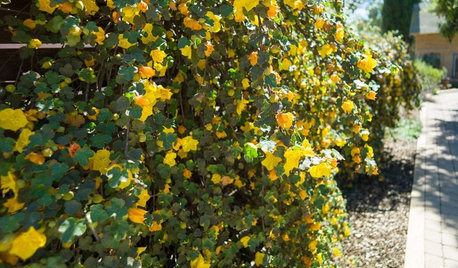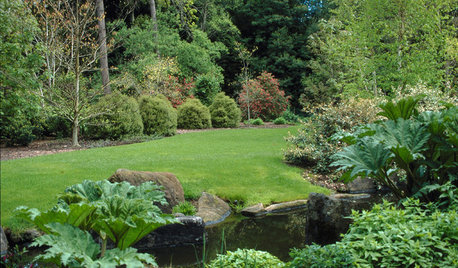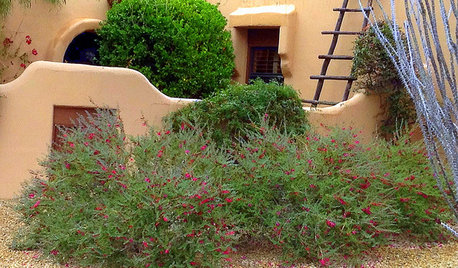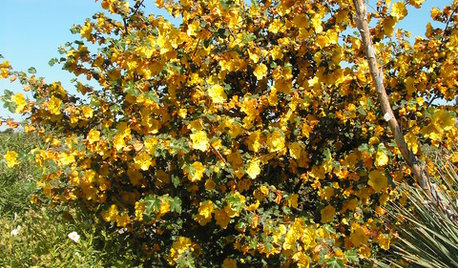Help needed on pruning large apple 'bush'
rosebacopa2
15 years ago
Related Stories

WINTER GARDENINGPruning Secrets for Exquisite Roses
Encourage gorgeous blooms year after year with this time-tested advice on how to prune your rosebush in winter for health and shape
Full Story
GARDENING GUIDESTidy Up Sprawling Native Shrubs With These Pruning Tips
Sound horticultural pruning methods work for native and nonnative plants alike
Full Story
GARDENING GUIDESHow to Prune Your Flowering Shrubs for the Best Blooms
Less is often more when it comes to properly pruning flowering shrubs. Here’s what to do and why
Full Story
GARDENING GUIDESYou Don't Need Prairie to Help Pollinators
Woodlands, marshes, deserts — pollinators are everywhere
Full Story
EDIBLE GARDENSHow to Add an Apple Tree to Your Edible Garden
Readily available, beautiful and fragrant, apple trees offer four-season interest along with crisp, juicy fruit
Full Story
CONTAINER GARDENSPatio-Perfect Berry Bushes Like You’ve Never Seen
Small enough for pots but offering abundant fruit, these remarkable bred berries are a boon for gardeners short on space
Full Story
GARDENING GUIDESGreat Design Plant: Valentine Bush for Heartfelt Winter Color
Passionate red flowers from winter through spring add gorgeous color to bare Southwest landscapes
Full Story
GARDENING GUIDESGreat Native Plant: California Flannel Bush
Forget watering once this bush is established. But the yellow burst in spring and summer, you'll remember
Full Story
PETSHow to Help Your Dog Be a Good Neighbor
Good fences certainly help, but be sure to introduce your pup to the neighbors and check in from time to time
Full StoryMore Discussions









marknmt
Konrad___far_north
Related Professionals
Tempe Landscape Architects & Landscape Designers · Cicero Landscape Contractors · Duarte Landscape Contractors · Haverhill Landscape Contractors · Indio Landscape Contractors · La Verne Landscape Contractors · Lemay Landscape Contractors · Mastic Beach Landscape Contractors · Nanuet Landscape Contractors · New Cassel Landscape Contractors · Pikesville Landscape Contractors · Wailuku Landscape Contractors · Eastlake Landscape Contractors · Crowley Landscape Contractors · Norridge Landscape Contractorsrosebacopa2Original Author
jellyman
Beeone